I am currently learning about wave modulation. In communication theory, it is said that 'rotating vector addition' generates AM (amplitude modulation) and FM (frequency modulation). What does 'rotating vector addition' mean in this context, and how does it generate AM and FM?
EDIT
Chapter 2.6 Phasors and the Addition of Waves of Optics, fifth edition, by Hecht:
Chapter 2.11 Twisted Light of Optics, fifth edition, by Hecht:




